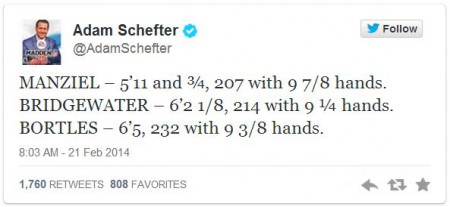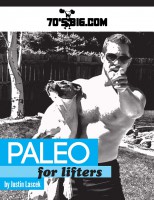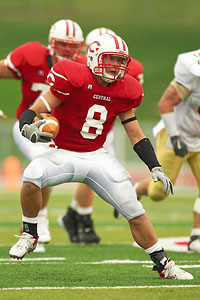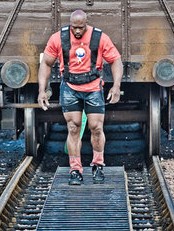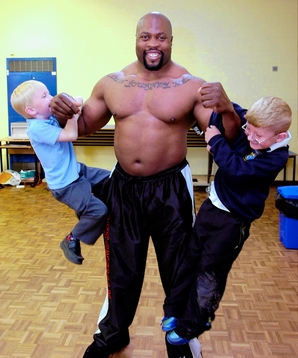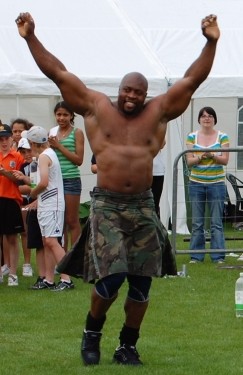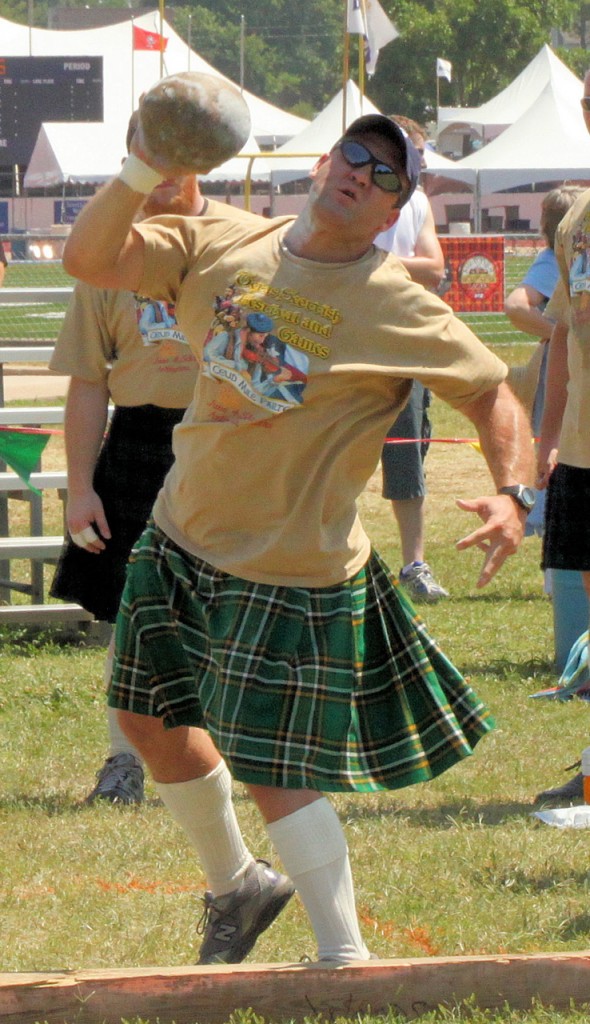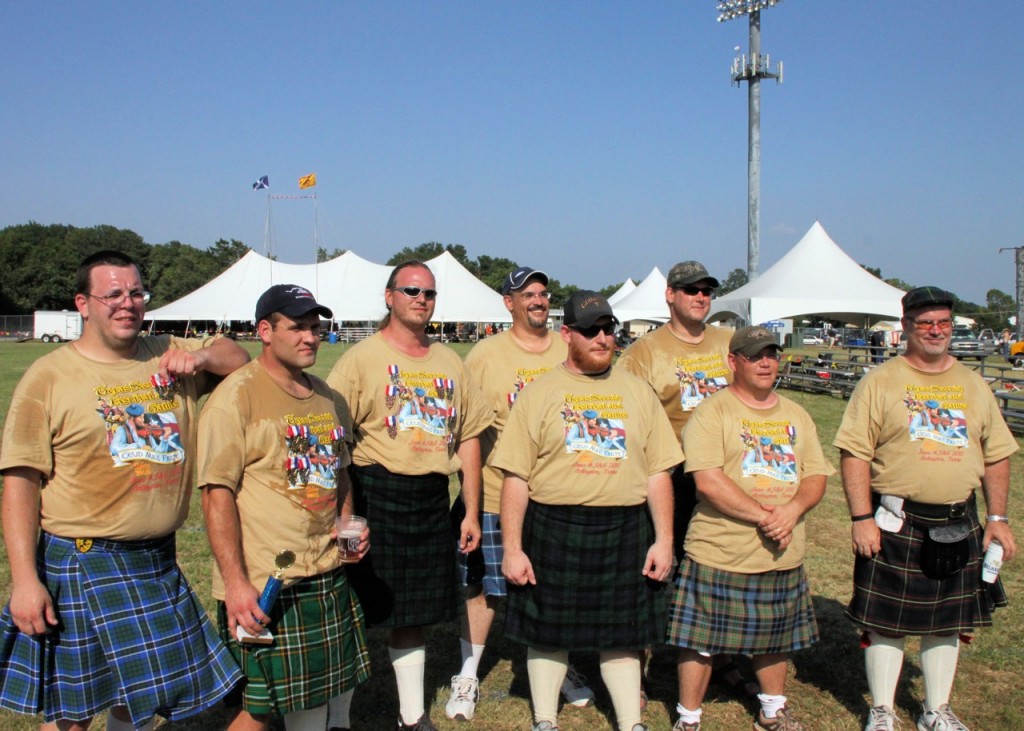Adam Schefter works for ESPN and is an NFL reporter who gets all the “insider” information. The above tweet is talking about the top three quarterbacks that will be going into the NFL draft this year. These stats are gleaned from the NFL Combine, which allows the NFL personnel to evaluate the talent coming from collegiate sports to the NFL. It’s a lot of mental and physical testing to try and project how well these athletes will do in professional football, yet it is often incomplete because physical stature and prowess do not always make the best football player, though it helps.
I was listening to Mike and Mike on ESPN radio this morning, and they were talking with various experts on the size of these quarterbacks, particularly Manziel and Bridgewater. The important stats for quarterbacks, from an anthropometry perspective, are height, weight, and hand size. The hand thing is apparently a good projector of success (i.e. it’s easier to hold onto a football in adverse weather), but let’s ignore that. Height is also very important — seeing over the large lineman to throw a pass is important — but we’ll ignore that too. How much a guy weighs and fills out his frame is important because football is a rough, collision-based sport, and frail guys will not have durability. Especially when there are mastodons who weigh anywhere from 250 to 350 pounds wanting to crush your soul.
The experts point out that two of the above quarterbacks weigh 207 and 214. As a “lifting and athletic population”, we know that these guys aren’t heavy. Yet we also know that it’s actually kind of simple to add mass on to a guy, especially when their frame has room to fill out (as both of those quarterbacks do).
What I find baffling is how difficult the experts think gaining weight is. And I’m not even just talking about gaining weight for the sake of gaining it, like in Starting Strength-style linear progression. I’m talking about putting a focus on retaining athleticism, agility, and speed yet increasing lean body mass. Most rookie mini-camps don’t start until the end of May. Training camp starts in July. The season actually starts in September. How long was your linear progression? I got some pretty solid fucking progress in 8 weeks by moving my three-sets-of-five from 325 to 445 while increasing my body weight from 195 to 215 (in 2009).
If the experts think it’s difficult to put five, ten, or even fifteen pounds on a guy in three to six months, then either the strength and conditioning is really shitty, there’s no athlete compliance, or they don’t even try. I’m no expert in the realm of NFL strength and conditioning, and maybe we should get John Welbourn’s thoughts, but it sounds pretty stupid to see a 21 year old’s body and think that it can’t be improved. I’ve done it over and over with athletes, so why can’t they?
Edit: I forgot to mention what I would do for a guy that needed to retain athleticism but increase size. I’d have him lift three days a week in conjunction with his agility, speed, and/or skill sessions. He’d squat, press, row, and do pulling movements that wouldn’t interfere much with his other training (i.e. stuff like power cleans, RDL’s, and lighter deadlifts instead of trying to push his deadlift up). A quarterback would be doing weighted pull-ups and chin-ups, possibly some barbell pullovers. I’d throw a Paleo for Lifters diet at him, which would be a quality, clean diet of meat, potatoes, fruits, veggies, and good fats with a little bit of protein powder in quantities that would help him grow. It wouldn’t be all that hard for kids that are described as “not very thick” or having a “slight build”.

